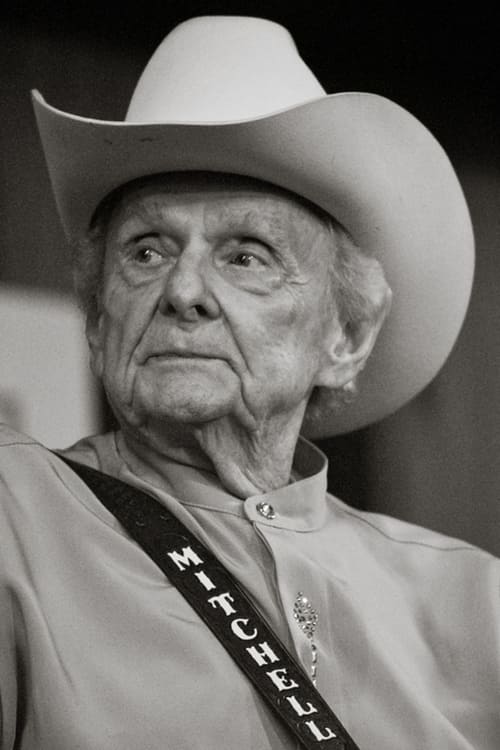detail profile ralph stanley
Peran Yang Di Mainkan Ralph Stanley
 Examine the history of bluegrass music...
Examine the history of bluegrass music...Big Family: The Story of Bluegrass Music 2019
Examine the history of bluegrass music, from its origins to its eventual worldwide popularity, and hear from dozens of musicians who explain the ways bluegrass music transcends generational, cultural and geographic boundaries.
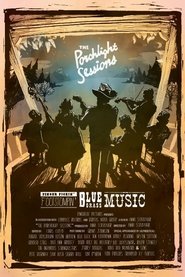 A rare look at the inventiveness...
A rare look at the inventiveness...The Porchlight Sessions 2017
A rare look at the inventiveness of the human spirit through reimagining the history of Bluegrass Music from Bill Monroe to today's musicians.
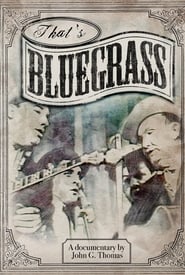 Filmed on location in seven different...
Filmed on location in seven different...That's Bluegrass 2013
Filmed on location in seven different states during 1980-1981, America’s most loved and original music genre is the subject of “That’s Bluegrass”. This care-free, fast-moving documentary lovingly examines our home-grown musical heritage from the simple front porch fiddler to famous Nashville recording stars, listening in as accomplished amateurs do some “pickin and grinning” at outdoor festivals and play songs handed down from generation to generation.
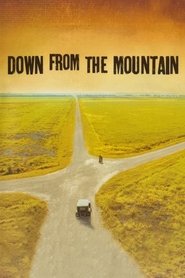 On May 24 2000 the historic Ryman Auditorium...
On May 24 2000 the historic Ryman Auditorium...Down from the Mountain 2001
On May 24, 2000, the historic Ryman Auditorium was booked to offer Nashvillians an evening of sublime beauty. Label executives and soundtrack producers so loved the music of O Brother, Where Art Thou? that they brought it to life as a benefit concert for the Country Music Hall of Fame. Filmmakers Joel and Ethan Coen loved it so much that they hired famed documentary filmmaker D.A. Pennebaker to record the show for posterity. The concert that unfolded that night was one of the greatest musical moments in the annals of Music City. Performers: John Hartford, Alison Krauss, Emmylou Harris, Gillian Welch, Chris Thomas King, The Cox Family, Fairfield Four, Union Station, Colin Linden, The Nashville Bluegrass Band, The Peasall Sisters, Ralph Stanley, David Rawlings, The Whites.
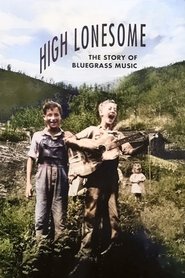 Longtime fans of bluegrass music and...
Longtime fans of bluegrass music and...High Lonesome: The Story of Bluegrass Music 1991
Longtime fans of bluegrass music and those only recently discovering it will appreciate this documentary on the genre, which was born of a combination of African and Celtic sounds and is the base of American country music. This film traces the musical form from its Appalachian roots to the present. The rise, fall, and consistent revival of bluegrass chronicled through oral history and visual record, resulting in a priceless film that even casual fans are sure to enjoy.
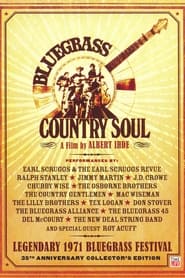 Capturing the sights sounds and magic...
Capturing the sights sounds and magic...Bluegrass Country Soul 1972
Capturing the sights, sounds, and magic of Carlton Haney’s 1971 Labor Day Festival in Camp Springs, North Carolina; a three-day outdoor festival—the first of its kind—featuring bluegrass veterans and future stars alike sharing the primitive wood and cinder block stage. More than just capturing one of the largest bluegrass festivals of that decade, this documentary is also an interesting mixture of live performances, interviews, impromptu jam sessions and crowd footage of live music set in a small town surrounded by the now long gone red clay and tobacco shacks of North Carolina.
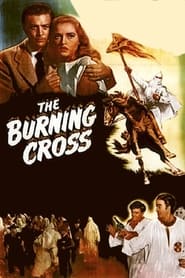 Recently returned from WWII combat unable...
Recently returned from WWII combat unable...The Burning Cross 1947
Recently returned from WWII combat, unable to find a job, finding his sweetheart engaged to another man, and generally aware of the changes which have occurred in his hometown while he was away, a young man becomes easily talked into joining the Ku Klux Klan. Banned by the Virginia Board of Censors, and financed independently because no bank would loan money for it.
